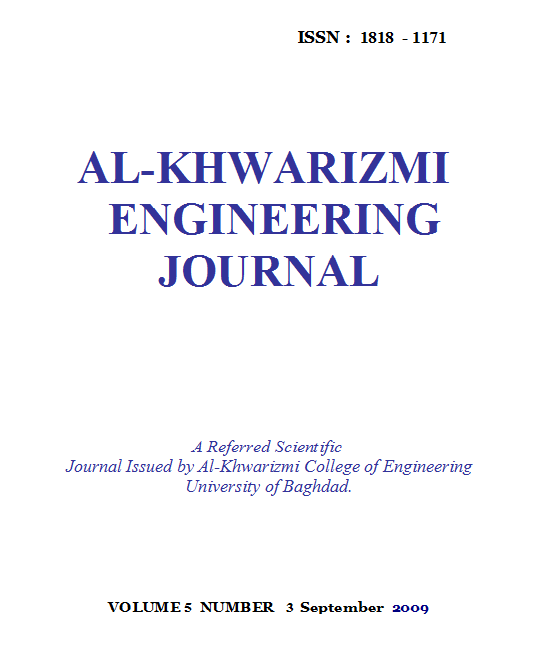Low Cost Heart Rate Monitor Using Led-Led Sensor
Abstract
A high sensitivity, low power and low cost sensor has been developed for photoplethysmography (PPG) measurement. The PPG principle was applied to follow the dilatation and contraction of skin blood vessels during the cardiac cycle. A standard light emitting diodes (LEDs) has been used as a light emitter and detector, and in order to reduce the space, cost and power, the classical analogue-to-digital converters (ADCs) replaced by the pulse-based signal conversion techniques. A general purpose microcontroller has been used for the implementation of measurement protocol. The proposed approach leads to better spectral sensitivity, increased resolution, reduction in cost, dimensions and power consumption. The basic sensing configuration presented is capable of detecting the PPG signal from a finger or toe, and it is very simple to extract the heart rate and heart rate variability from such a signal.
Downloads
References
[2] Miyazaki E, Itami S and Araki T 1998 Using a light-emitting diode as a high-speed, wavelength selective photo detector Rev. Sci. Instrum. 69 3751–4
[3] Asada, H, Shaltis P, Reisner A, Rhee S, Hutchinson RC., “Wearable PPG-BioSensors”, IEEE Engineering in Medicine and Biology Magazine, Vol.22, No.3, pp. 28-40, 2003.
[4] A.B. Hertzman, “Photoelectric Plethysmo-graph of the fingers and toes in man,” Proc. Soc. Exp. Biol. Med., vol. 37, pp. 529, 1937.
Downloads
Published
Issue
Section
License
Copyright: Open Access authors retain the copyrights of their papers, and all open access articles are distributed under the terms of the Creative Commons Attribution License, which permits unrestricted use, distribution, and reproduction in any medium, provided that the original work is properly cited. The use of general descriptive names, trade names, trademarks, and so forth in this publication, even if not specifically identified, does not imply that these names are not protected by the relevant laws and regulations. While the advice and information in this journal are believed to be true and accurate on the date of its going to press, neither the authors, the editors, nor the publisher can accept any legal responsibility for any errors or omissions that may be made. The publisher makes no warranty, express or implied, with respect to the material contained herein.












